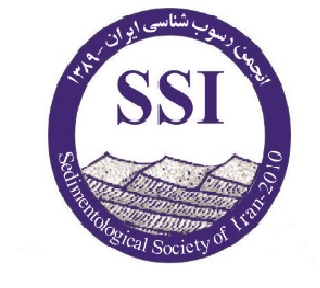Thrust tectonics of Binalud Mountains
Subject Areas :
Keywords: Thrust tectonics Binalud Foreland basin,
Abstract :
Binalud Mountain Ranges is a thin skinned fold- thrust belt that is formed during Cimmerian (Late Triassic) and Alpine (Mezozoic- Cenozoic) orogenies as a consequent of collision between Iran and Turan plates. Structurally, this fold–thrust belt were consists of several thrust sheet and thrust faults. Thrust faults are verging S-SW and younger to the south. In order of ageing and their characteristics, thrust faults can be divided into three systems. The first (older) system consists of ductile thrust faults with antiformal stack duplex geometry. The second one includes ductile-brittle thrust faults. Thrust faults in this system cut and emplaced older thrust system and show hinterland dipping duplex geometry. The third (younger) system includes quaternary thrust faults in the south foothills of Binalud Mountain Ranges. Thrust faults in this system are brittle and are probably members of an S-vengeance leading imbricate fan. Based on forland stratigraphic models, syn-orogenic clastic assemblages in post Triassic stratigraphic column are used for determination of the age of generation and activity of thrust systems. On the basis of this study, first system is a result of Cimmerian and early Alpine orogenies, while the second one formed due to middle Alpine orogeny and third system is formed during late Alpine orogeny.
